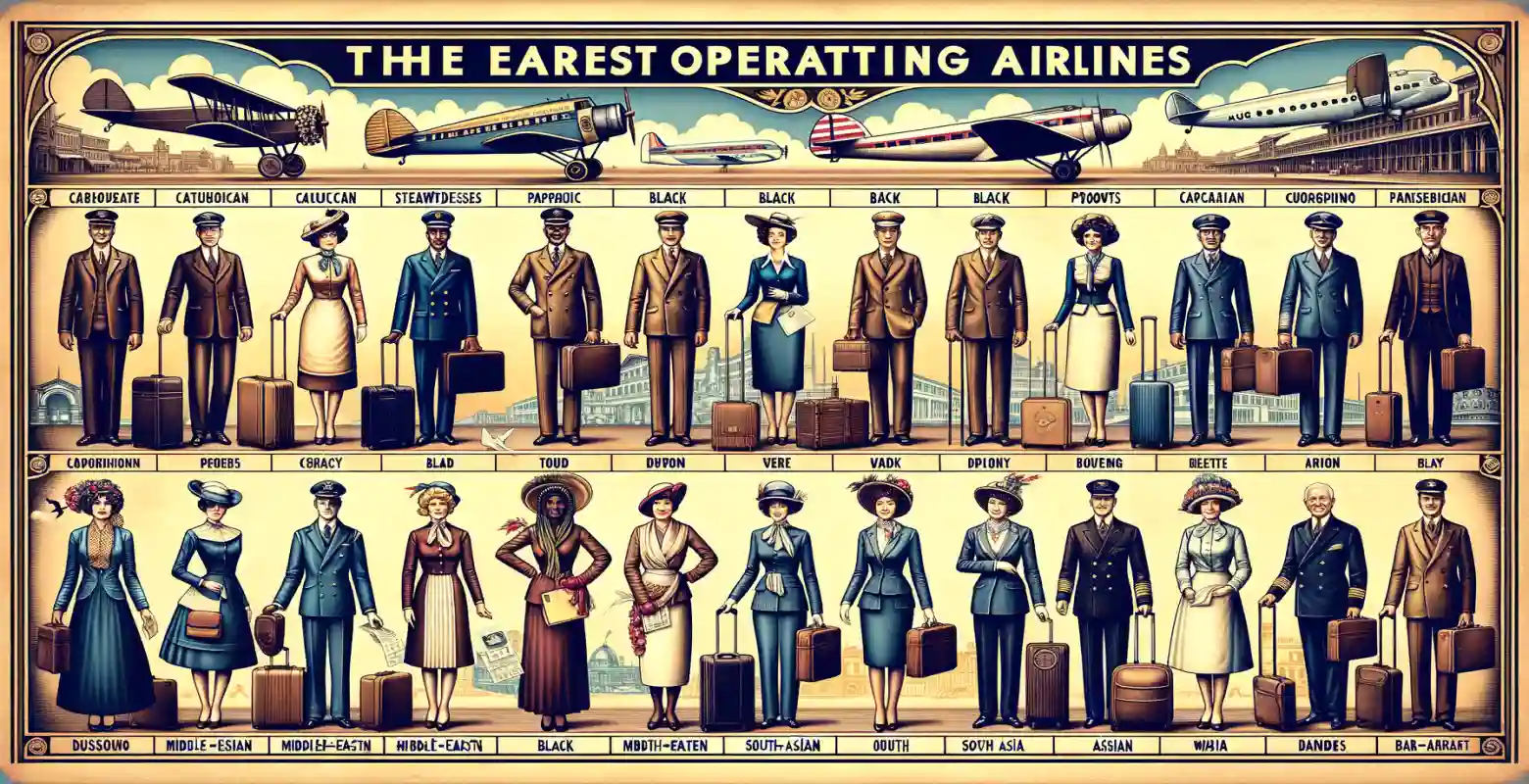History of the oldest operating airlines
Introduction
The history of civil aviation is full of fascinating stories about pioneers who changed the way we travel the world. Among many achievements, one of the most important is the establishment and development of airlines. Airlines that have stood the test of time not only mark their place in aviation history but also influence today's landscape of international travel. In this article, we will take a closer look at the oldest functioning airlines, which, thanks to their innovation, determination, and adaptation to changing conditions, continue to play a key role in global transportation.
Beginnings of Civil Aviation
The beginnings of civil aviation date back to the early 20th century, and the first airlines were often a result of the need to connect distant places faster than traditional means of transportation. In times when traveling was difficult and time-consuming, civil aviation promised a revolution.
Examples of pioneers: One of the oldest airlines is KLM Royal Dutch Airlines, founded in 1919, which was the first to operate regular international flights. Another example is Qantas, an Australian airline established in 1920, initially serving mail flights on short routes.
History of the Oldest Airlines
Many of the oldest airlines, which started as small companies with a mission, have transformed into global players in the transportation industry.
KLM Royal Dutch Airlines: KLM was founded on October 7, 1919, by Albert Plesman. It is known as the oldest airline still operating under its original name. The first international flight took place in 1920, connecting London with Amsterdam.
Qantas: Qantas was founded on November 16, 1920. The name stands for "Queensland and Northern Territory Aerial Services." From a small airline carrying mail, Qantas has become one of the largest carriers in the world.
Technological Development and Adaptation
High initial costs and risks associated with air transport meant that airlines had to constantly adapt to new technologies and market conditions to survive.
Technological Innovations: Airlines like KLM and Qantas were pioneers in adopting new technologies, including the introduction of jetliners, computerized reservation systems, and enhanced security systems. This allowed them to increase operational efficiency and enhance passenger experience.
Market Strategies: As the market evolved, airlines had to adjust their strategies to meet growing competition. Introducing loyalty programs, expanding route networks, and collaborating with other carriers are just some of the actions that helped them stay competitive.
Challenges Facing Old Airlines
Despite their experience and history, the oldest airlines face many challenges that could impact their future.
Competition: The modern airline market is highly competitive, with new players and low-cost carriers posing a threat to traditional airlines. To meet this competition, they must continuously adjust their offerings and pricing strategies.
Environmental Concerns and Sustainable Development: Growing concerns about the environmental impact of aviation are pushing airlines to invest in more eco-friendly technologies and reduce their carbon footprint.
Future of the Oldest Airlines
Despite challenges, the oldest airlines have the advantage of experience and brands that they can leverage for further development and innovation.
Technological Innovations: Introducing new technologies such as electric aircraft, biofuels, and advanced automation systems can help airlines increase efficiency and lower operational costs.
Exploring New Markets: Expanding operations into new, emerging markets in Asia, Africa, and South America can bring new growth opportunities.
Summary
The history of the oldest functioning airlines is a tale of innovation, adaptation, and perseverance. Airlines like KLM and Qantas have not only stood the test of time but also contributed to shaping modern aviation. Their ability to adapt to changing market and technological conditions is key to their success. Faced with contemporary challenges and increasing competition, these airlines will need to continue investing in sustainable development and innovation to maintain their market position. For travelers and aviation enthusiasts, monitoring their further development will be incredibly interesting.






Number of comments: 0